Tarter 300 lb. Farm and Ranch Equipment ATV 5-Bushel Pull-Behind Spreader/Trail Feeder – 212853799
-
( 4 Reviews )Rated 4.75 out of 5 based on 4 customer ratings04
- SKU: 212853799
The Tarter 300 lb. Farm and Ranch Equipment ATV 5-Bushel Pull-Behind Spreader/Trail Feeder is an ATV or garden-tractor spreader for fertilizing and seeding applications. This tow-behind spreader features an all-steel gear drive, complete with grease fittings.
-
CountyLine 12 ft. Economy Tube Gate, Blue
Rated 5.00 out of 511CountyLine 12 ft. Economy Tube Gate, Blue
Rated 5.00 out of 511 -
Hayrite 8 ft. Extension with Chain, Red
Rated 5.00 out of 502Hayrite 8 ft. Extension with Chain, Red
Rated 5.00 out of 502
The Tarter 300 lb. Farm and Ranch Equipment ATV 5-Bushel Pull-Behind Spreader/Trail Feeder is an ATV or garden-tractor spreader for fertilizing and seeding applications. This tow-behind spreader features an all-steel gear drive, complete with grease fittings. You can spread up to 20 ft. wide, covering approximately 65,000 sq. ft. This ATV spreader requires no outside power and features pneumatic tires. Requires a 2-in. ball for hookup.
- ATV or garden tractor-drawn spreader for fertilizing or seeding
- 5-bushel or 300-lb. capacity suits large jobs
- Pull-behind spreader/trail feeder covers approximately 65,000 sq. ft.
- Spreads up to 20 ft. wide
- Distribution pattern reduces over-fertilizing or under-fertilizing
Additional information
| Compatibility | ATV, UTV, Garden Tractor |
|---|---|
| Coverage Area | up to 65,000 sq. ft. |
| Frame Material | Steel |
| Hitch Type | 2-Ball |
| Hopper Capacity | 5 bushel 300 lb. capacity |
| Hopper Material | Steel |
| Hopper Weight Capacity | 500 lb. |
| Maximum Spreading Speed | 15 mph |
| Maximum Spreading Width | 20 ft. |
| Minimum Spreading Speed | 5 mph |
| Product Height | 48 in. |
| Product Length | 72 in. |
| Product Width | 40 in. |
| Product Weight | 136 lb. |
| Tub Diameter | 36 in. |
| Tub Height | 29.5 in. |
| Manufacturer Part Number | ATVS |

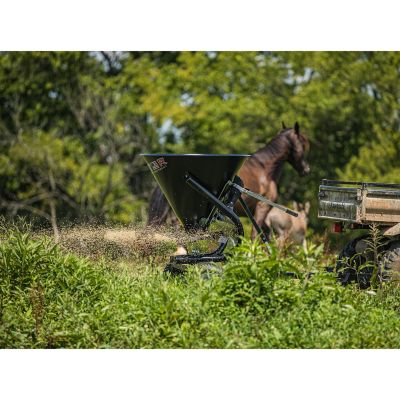


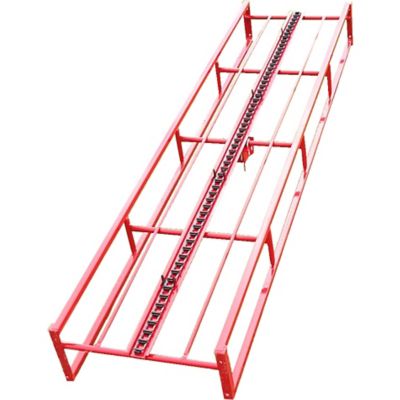

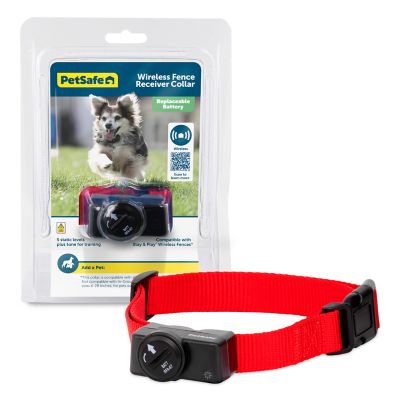

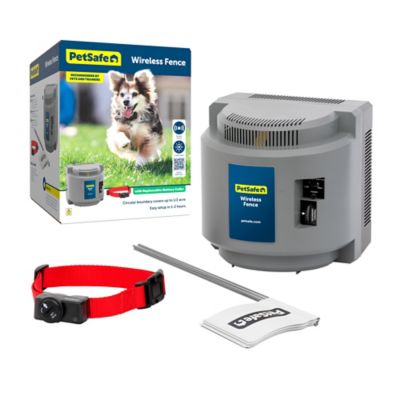
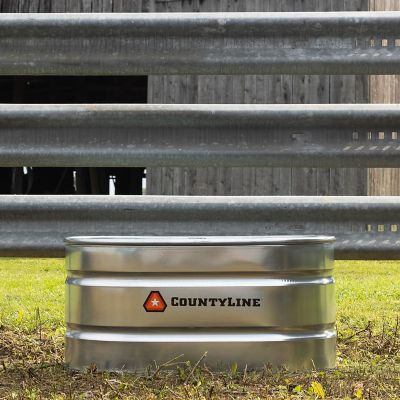
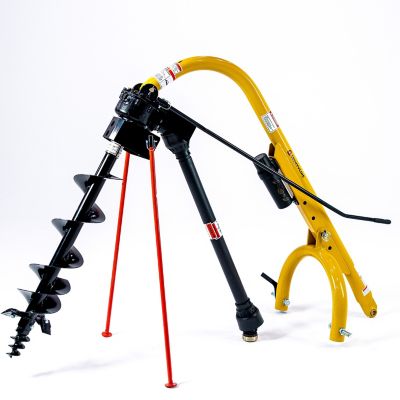
by James
Some scratches which required paint. The chute doors were bent and needed adjustment.
by Scott
Very well-made product for the money. The ease of use.
by Famer
This spreader was designed to last. There isn’t a plastic part on it. Everything is metal except for the rubber tires and the rubber cover on the handle. I use it daily and I have put around 5000 lbs of product through it without a single issue. It’s still only month old but I would highly recommend it.
by Hubba
only used once and worked great. seems very well made.